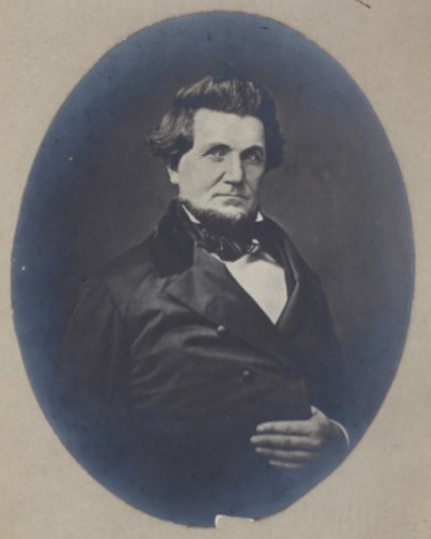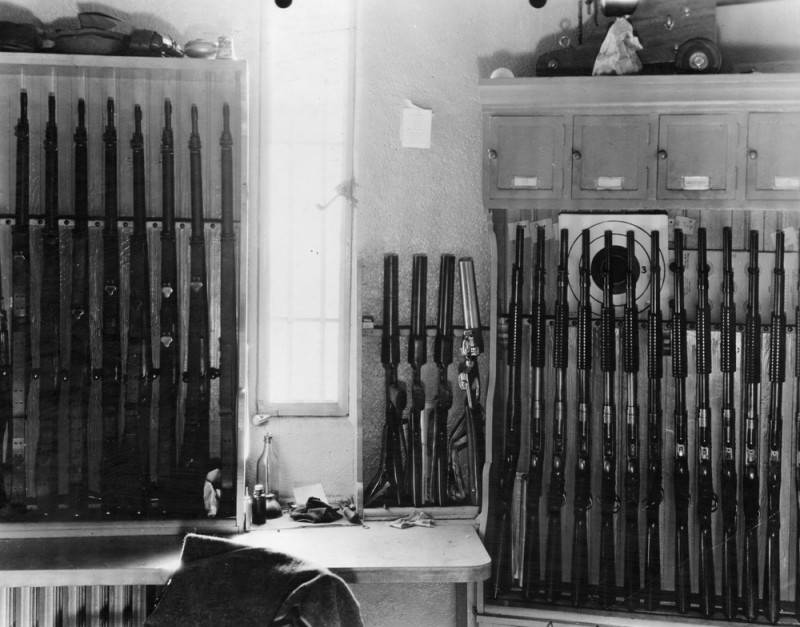From food stores to work routines, the 1857 Appendix to the Assembly Journals included detailed descriptions of the inner workings of San Quentin State Prison. These records show what was stored at the prison, how the incarcerated population was transported to work sites and provides details of how some inmates managed to escape. The appendix includes the Feb. 25, 1857, Report of the Committee on the State Prison. (Read more from the CDCR Time Capsule series.)
San Quentin by the numbers in 1857
By March 19, 1857, San Quentin had 483 inmates. The overall cost to “guard, feed and clothe properly this number of prisoners” required $6,700 per month.
As of Nov. 1, 1856, the number of “freemen” working in the prison numbered 64, with 34 of those being guards. That number dropped by Feb. 1, 1857, with 38 working at the prison and only two dozen of those were guards.
San Quentin Warden F.S. McKenzie submitted a detailed inventory. Some items of interest include: 1 keg vinegar, 2 1/2 dozen brooms, 4 mats sugar, 10 bags salt, 5 “galls”. oil, 25 horses, 15 colts, 8 mules, 17 yoke oxen, 1 bull, 100 hogs and pigs as well as 10 carts, three wagons, two water carts, three stone trucks, four saddles and four bridles.
Under the heading, “Marine,” the report lists the sloops Marin and Pike County, the schooner Mariposa, two scows, one ship’s longboat and three small boats.
The Armory held 17 rifles and 14 pistols.
The grub
In late 1856, food at the prison consisted of beef, ham, pork, bacon and salmon. “Average issue daily 876 pounds,” wrote E.A. Pomery. By early 1857, the food options also included corned beef, smoked beef, mackerel and veal.
Various locations
George W. Wells worked at the prison for two-and-a-half years. The last 13 months found him in the Captain of the Guard post. “His duties as Captain of the Guard is to see to the safe keeping of convicts, to divide and prevent connivance for escape, and to keep them employed.”
James O’Neil was killed in “May or June, 1856, at an insurrection on Marin Island, by one of the guards named Tucker. Some 12 or 15 were interested in the insurrection (and) were working in the lower stone quarry. O’Neil knocked one of the guards down and took his (weapons), then shot J.W. Hardy, one of the guards, through the window, where they were dining. (O’Neil) fired four or five shots, only one effective, wounding Hardy.”
Some inmates worked offsite at the island quarry, at nearby ranches or were employed on vessels where they were “locked under hatches” at night. Escapes from the ships as well as the prison were common, the walls having just been completed at the end of 1855.
San Quentin escapes in 1857 report
- Ah Gue escaped from the schooner Mariposa under the oversight of Capt. George Lee.
- Thomas Moore and C.W. Watson “must have stowed away about the brick yard and escaped from there during the morning. (We) did not know it until roll call at night.”
- Theodore Huddleston, alias Indiana, escaped from a farm during dinner time. “There were three guards at the time. The table was near the brush. Guards were John Gray, Williamson, who died on Pike County, and Young, now in Oregon.
- William Freeman escaped from the same “farm while hay making. Henry King, alias Dick Turpin, also escaped same time and was retaken. No guard there at the time. Freeman was seen at the Prison the night previous, but was expected to go out to the farm again. Freeman had been on the ranch not to exceed 10 days without guard. (He) was within about one month of expiration of time commitment.”
- When assembling a brick kiln, incarcerated workers William Miller and Frank Ewing added something special to the design. After the pair escaped, “an arch was found in a large brick kiln (where) it is supposed they (hid). They made the arch for this purpose when building the kiln.”
- “O. Thurman escaped from John Gray, guard, while cutting timber for shipbuilding, across the bay, on the Reed Ranch. Three or four men were in search of him for two days, unsuccessfully. Also, Daniel Mills escaped from John Gray in the same place and manner.”
Punishment was harsh in the 1850s
“I have the (duty of) inflicting all punishment,” said Capt. Wells. “I use a rawhide or leather strap. Any violation of Prison discipline, such as attempts to escape, insurrections, stealing, using offensive language, fighting, unnecessary noise, disorderly or vicious conduct, render them liable. (Lashes were given) ranging from five up. No other person employed in the Prison is permitted to inflict any punishment, except during my absence, when I deputize someone. But, the business is generally laid over until my return.”
Did you know? At one time, youth offenders were trained for nautical jobs on a ship.
By Don Chaddock, Inside CDCR editor
Office of Public and Employee Communications



Learn more about California prison history.
Follow CDCR on YouTube, Facebook, X (formerly Twitter). Listen to the CDCR Unlocked podcast.
